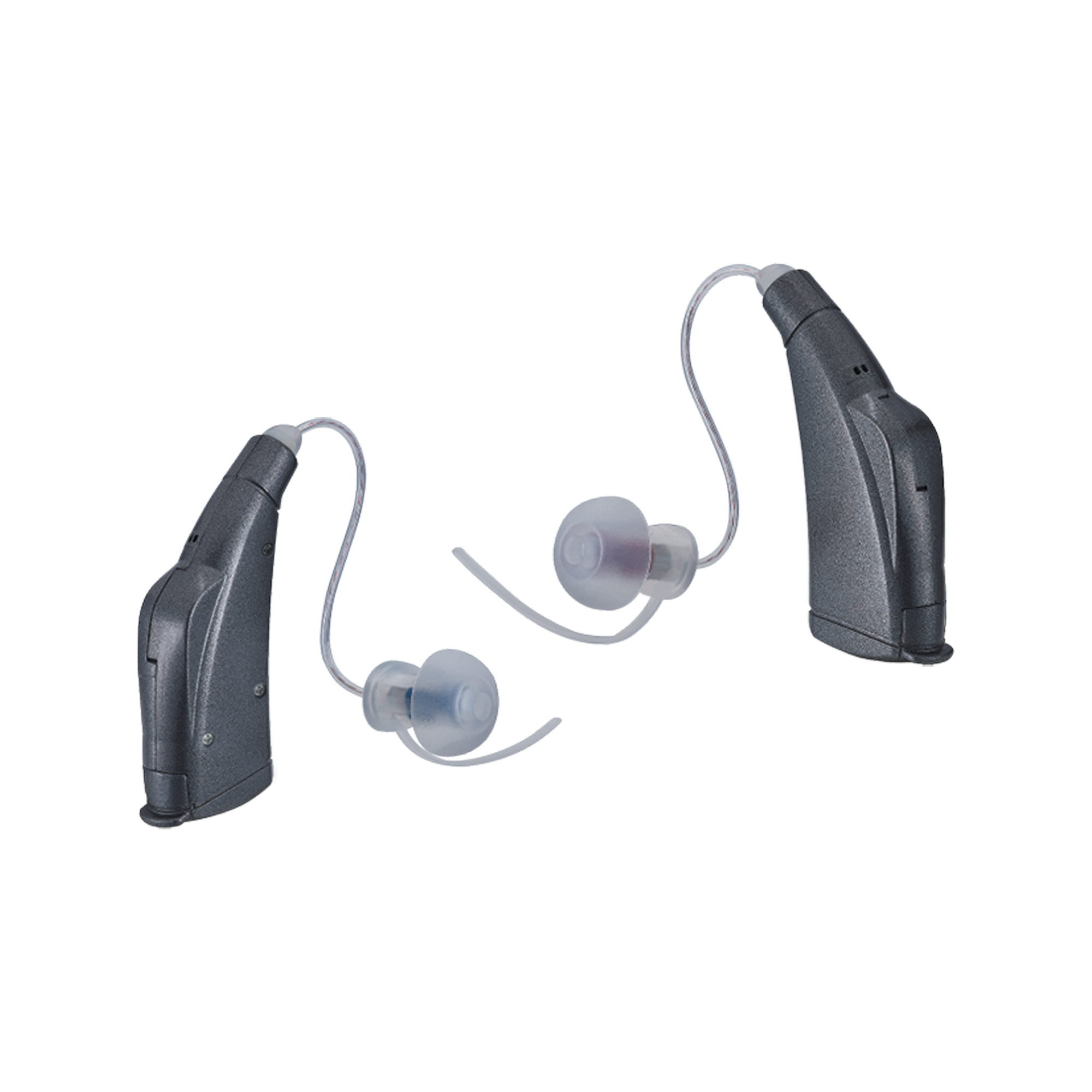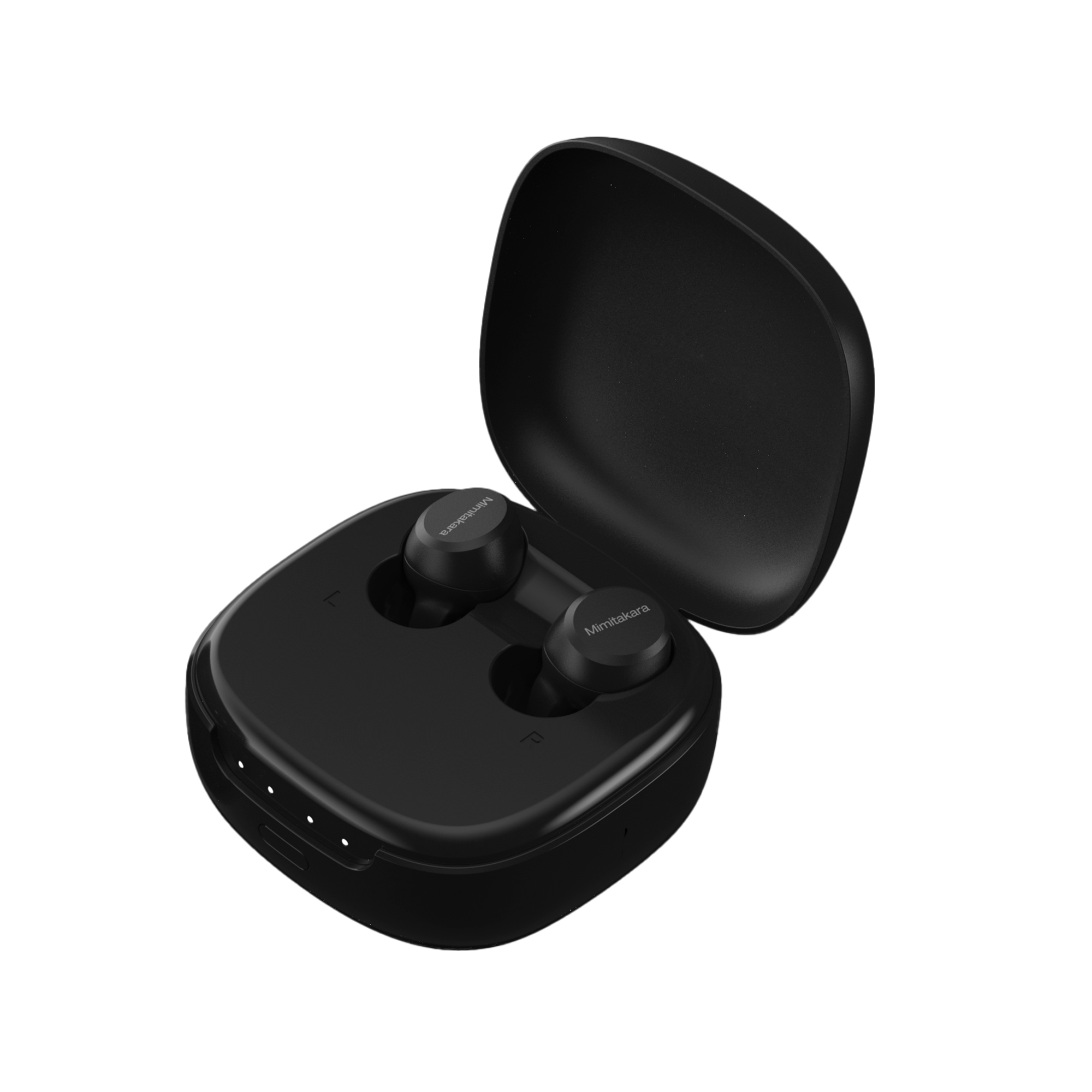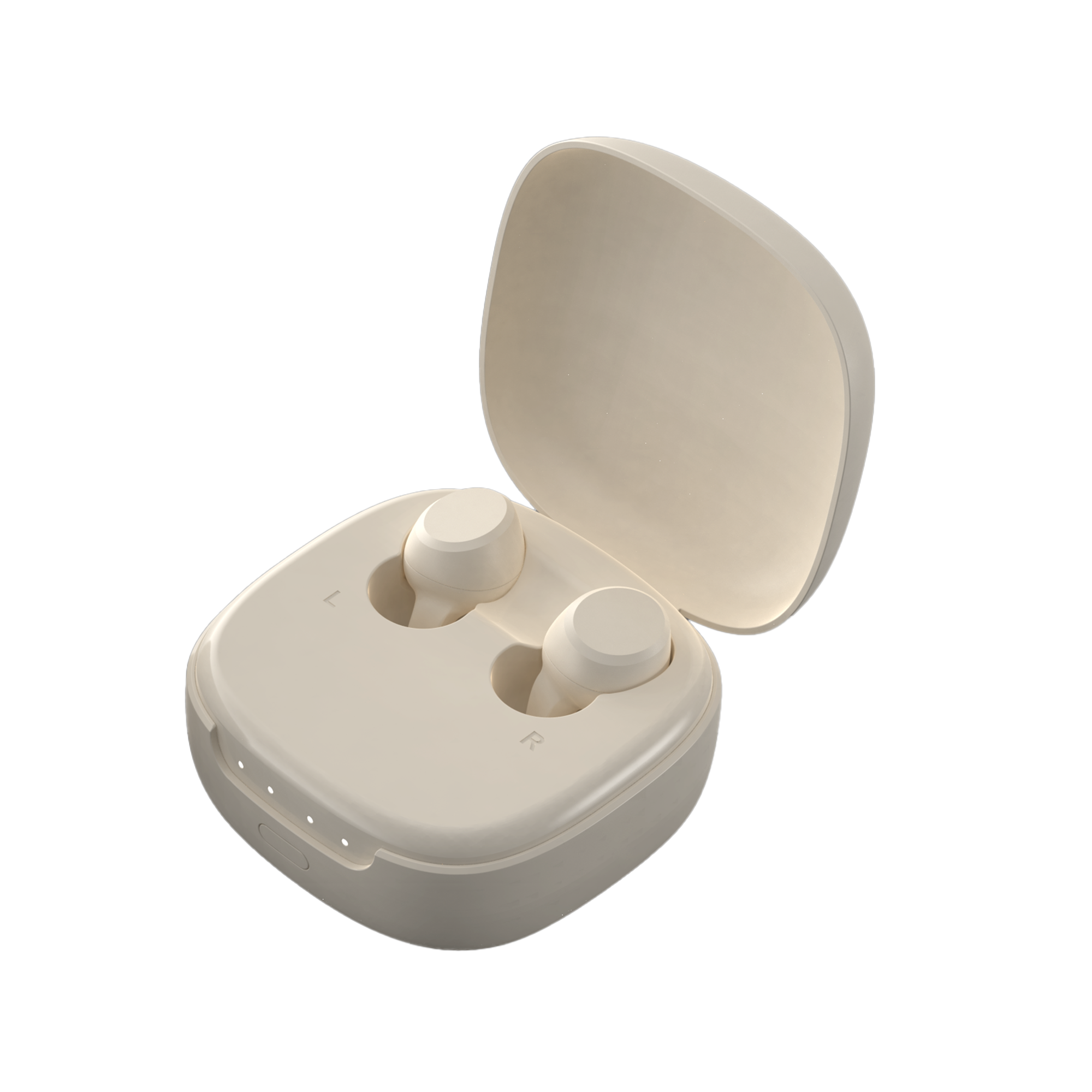This article explores the key benefits of in-the-canal hearing aids and how they can improve the lives of those with hearing impairments. We'll discuss the specific features that set ITC hearing aids apart, such as their custom fit, advanced technology like Bluetooth connectivity, and their pros and cons compared to other styles. By the end, readers will have a clear understanding of whether in-the-canal hearing aids are the right choice for their unique needs and lifestyle.
Understanding ITC Hearing Aids
In-the-canal (ITC) hearing aids are custom-fitted devices that sit discreetly within the ear canal. They are designed to address mild to moderate hearing loss, offering a middle ground between the smaller completely-in-the-canal (CIC) devices and larger in-the-ear (ITE) or behind-the-ear (BTE) models.
ITC hearing aids work by capturing sound through a microphone, processing and amplifying it according to the user's specific hearing needs, and then delivering the enhanced sound directly into the ear canal via a tiny speaker. The placement of ITC hearing aids within the ear canal allows for natural sound transmission and reduces the risk of feedback.
Advantages of ITC Hearing Aids
- Custom fit: ITC hearing aids are custom-molded to fit the individual's ear canal, ensuring a comfortable and secure fit.
- Discreet design: The placement of ITC devices within the ear canal makes them less visible compared to larger hearing aid styles.
- Effective amplification: Despite their smaller size, ITC hearing aids offer sufficient amplification for individuals with mild to moderate hearing loss.
- Reduced wind noise: The location of ITC hearing aids within the ear canal provides some natural protection against wind noise.
- User-friendly controls: Some ITC models feature easy-to-use controls for adjusting volume and program settings.
Who Can Benefit from ITC Hearing Aids?
ITC hearing aids are an excellent choice for individuals with mild to moderate hearing loss who desire a discreet and comfortable hearing solution. These custom-fitted devices sit within the ear canal, providing effective amplification while remaining less visible compared to larger hearing aid styles.
Individuals with Mild to Moderate Hearing Loss
ITC hearing aids are particularly well-suited for those experiencing mild to moderate hearing loss. They offer sufficient amplification to improve hearing clarity and speech understanding in various listening environments. The compact size of ITC hearing aids ensures a comfortable fit within the ear canal, making them an ideal option for this level of hearing impairment.
Active Lifestyles
People with active lifestyles can greatly benefit from ITC hearing aids. The secure fit within the ear canal reduces the risk of the device falling out during physical activities or sports. Additionally, the small size minimizes interference with helmets, hats, or other headgear, allowing users to maintain an active lifestyle without compromising their hearing assistance.
Cosmetic and Discreet Preferences
For individuals who prioritize discretion, ITC hearing aids are an excellent choice. The placement within the ear canal makes them virtually invisible to others, providing a cosmetically appealing solution. This discreet design boosts confidence and reduces self-consciousness, as the hearing aids blend seamlessly with the natural contours of the ear.
ITC hearing aids offer a combination of effective amplification, comfort, and discretion, making them a popular choice among individuals with mild to moderate hearing loss who value both performance and aesthetics in their hearing solution.
Considerations Before Choosing ITC Hearing Aids
While ITC hearing aids offer numerous benefits, there are several factors to consider before choosing this style. The suitability of ITC devices depends on the individual's ear canal size and shape. A proper assessment by an audiologist is crucial to ensure a comfortable and secure fit.
Maintenance and cleaning are also important considerations. ITC hearing aids require regular cleaning to prevent wax buildup and maintain optimal performance. Users should be comfortable with the routine maintenance practices associated with these devices.
Another aspect to keep in mind is the battery size and available features. Due to their compact size, ITC hearing aids typically use smaller batteries, which may require more frequent replacements. Additionally, some advanced features may not be available in ITC models due to space limitations.
Consulting with a hearing care professional is essential to determine if ITC hearing aids are the best choice based on individual needs, preferences, and lifestyle factors.
Comparing ITC Hearing Aids to Other Styles
When considering hearing aid styles, it's essential to understand the differences between ITC hearing aids and other popular options. Here's a comparison of ITC hearing aids with CIC, BTE, and ITE styles:
ITC vs CIC Hearing Aids
ITC and CIC (Completely-in-Canal) hearing aids are both custom-fitted and placed within the ear canal. However, CIC devices are smaller and sit deeper in the canal, making them nearly invisible. ITC hearing aids are slightly larger and more visible, but they offer more features and longer battery life due to their size.
ITC vs BTE Hearing Aids
BTE (Behind-the-Ear) hearing aids sit behind the ear and deliver sound through a tube connected to an earpiece. Compared to ITC hearing aids, BTEs are larger and more visible but offer more power for those with severe hearing loss. ITCs are more discreet and suitable for mild to moderate hearing loss.
ITC vs ITE Hearing Aids
ITE (In-the-Ear) hearing aids are custom-made to fit the outer portion of the ear. They are larger than ITC hearing aids and more visible. ITEs can accommodate more features and have a longer battery life due to their size. ITCs are smaller, more discreet, and suitable for mild to moderate hearing loss, while ITEs can handle a wider range of hearing loss.
Ultimately, the choice between ITC hearing aids and other styles depends on factors such as the degree of hearing loss, personal preferences for discretion, and desired features. Consulting with a hearing healthcare professional can help determine the most suitable style for an individual's needs.
Conclusion
ITC hearing aids offer a discreet and effective solution for individuals with mild to moderate hearing loss. Their custom fit, comfortable design, and natural sound transmission make them an appealing choice for those seeking to improve their hearing while maintaining an active and confident lifestyle. By weighing the advantages and considerations discussed in this guide, you can make an informed decision about whether ITC hearing aids are the right fit for your unique needs.
Ultimately, the best hearing aid style for you will depend on factors such as the severity of your hearing loss, ear canal size and shape, and personal preferences. Consulting with a qualified hearing healthcare professional is crucial in determining if ITC hearing aids are the optimal solution for your hearing health. With the right guidance and support, you can take the first step towards better hearing and improved quality of life.
FAQ
1. What are the benefits of using in-the-canal (ITC) hearing aids?
In-the-canal hearing aids are particularly beneficial for individuals with mild to moderate hearing loss. They are discreet due to their small size, but this also means they have limited power, making them unsuitable for severe to profound hearing loss.
2. What are some drawbacks of completely in-the-canal (CIC) hearing aids?
Completely in-the-canal hearing aids can be challenging to handle and use, especially for those with dexterity issues such as arthritis. They are also more susceptible to feedback and often require more frequent repairs due to their deep placement within the ear canal.
3. How do receiver in-the-canal (RIC) hearing aids differ in terms of advantages?
Receiver in-the-canal hearing aids offer significant benefits by having the receiver located in a separate compartment. This design minimizes feedback and occlusion, providing a more comfortable and natural listening experience.
4. What is a canal lock in the context of hearing aids?
A canal lock is an additional feature that can be included in custom earmolds to enhance the fit of the hearing aid. It acts like a retention wire, helping to secure the hearing aid in place and prevent it from moving.










